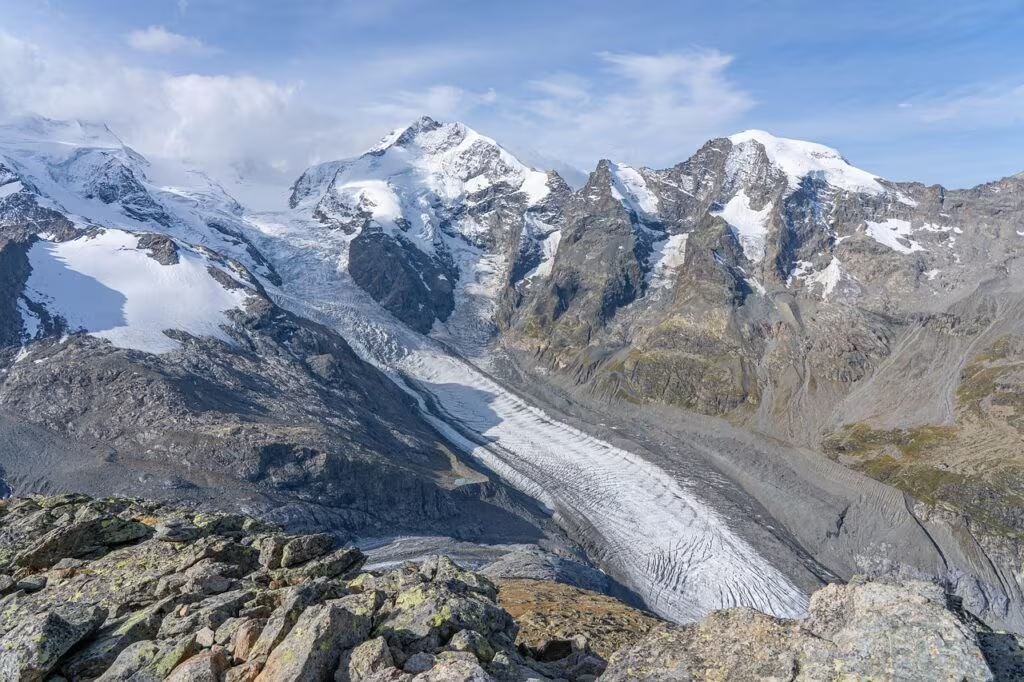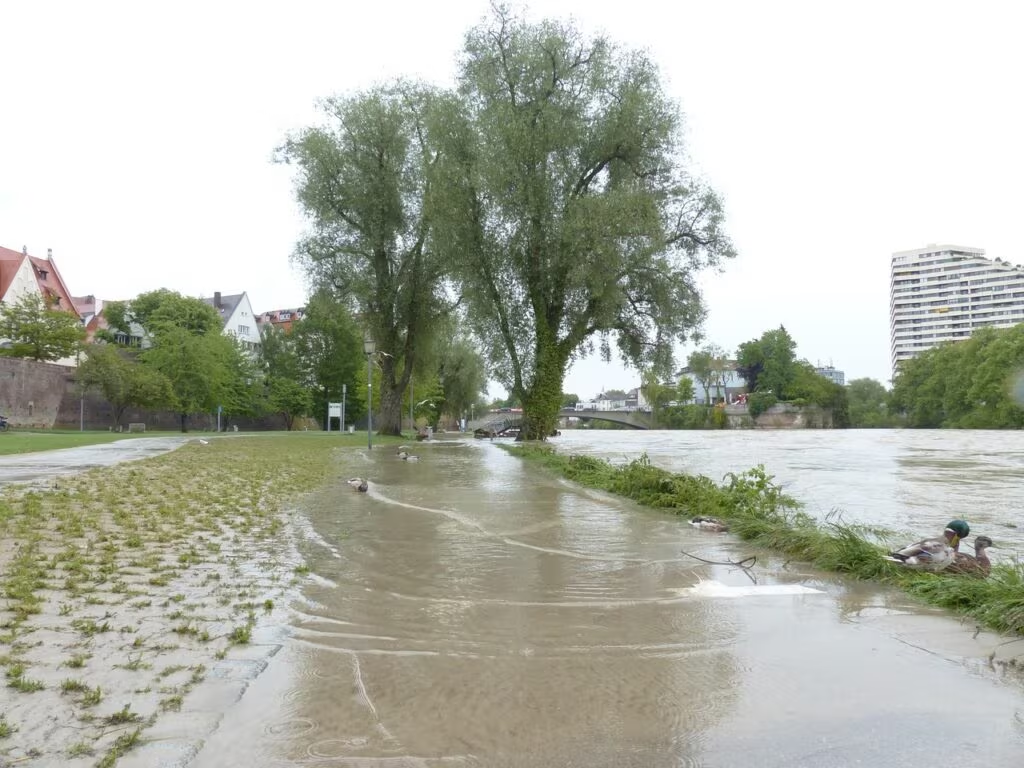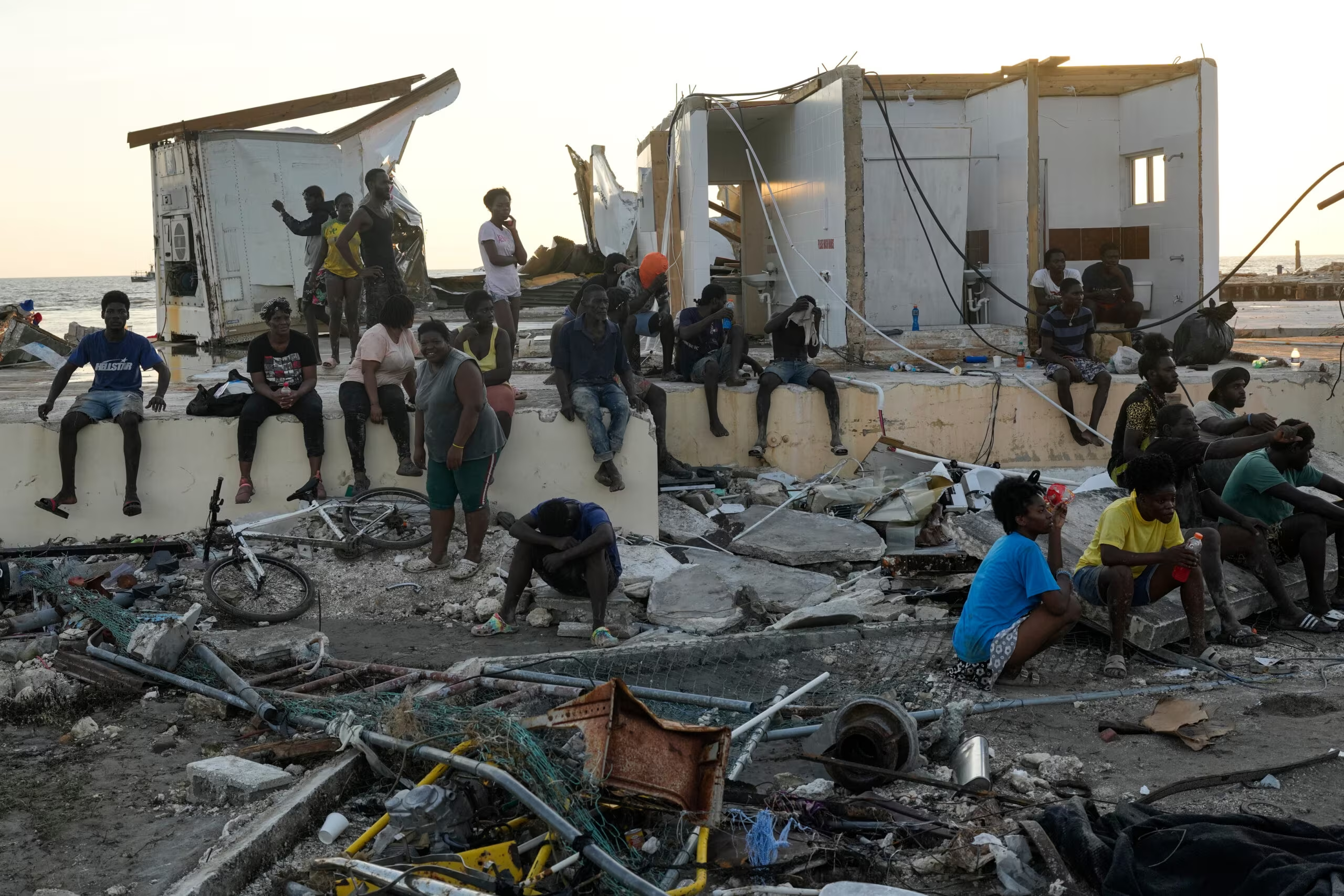The Front Lines of Climate Destruction: Testimonies from Belem
In a powerful demonstration of the immediate human cost of global warming, officials from the nations most vulnerable to climate change gathered in Belem, Brazil, to deliver searing dispatches from the front lines of environmental destruction. The summit, held on the edge of the Amazon rainforest, served as a crucial platform for countries facing existential threats from rising seas, devastating droughts, and increasingly intense extreme weather events.
The core message delivered by these nations—many of which contribute negligibly to global emissions—was one of urgency and moral accountability. Their testimonies painted a stark picture of communities already grappling with harms and destruction directly linked to decades of global warming, emphasizing that climate change is not a future threat but a present reality.

The Moral Imperative: Why Vulnerable Nations Are Speaking Out
The gathering in Belem highlighted a fundamental imbalance in the global climate crisis: those least responsible for the emissions are bearing the heaviest burden of the consequences. Officials from small island developing states (SIDS) and low-lying coastal nations detailed catastrophic losses, including the permanent displacement of populations, destruction of critical infrastructure, and irreversible damage to ecosystems.
These testimonies are designed to inject a sense of moral urgency into the often-slow-moving international climate negotiations. By presenting verifiable, on-the-ground evidence of suffering, these nations aim to pressure wealthier, high-emitting countries—historically responsible for the majority of greenhouse gases—to accelerate both mitigation efforts and financial support.
Key Impacts Detailed by Front-Line Countries
The dispatches focused on specific, measurable destruction that goes beyond adaptation challenges:
- Permanent Land Loss: Coastal erosion and sea-level rise forcing entire communities to relocate, particularly in the Pacific and Caribbean.
- Agricultural Collapse: Prolonged, severe droughts leading to crop failure, famine, and internal displacement across parts of Africa and South Asia.
- Infrastructure Destruction: Repeated, intense tropical cyclones and flooding overwhelming national budgets and destroying essential services like hospitals and schools.
- Economic Devastation: The recurring cycle of rebuilding after climate disasters, trapping nations in perpetual debt and hindering development.
“We are not talking about future scenarios or models; we are talking about homes that are already underwater, fields that are dust, and lives that have been irrevocably changed,” one official stated, underscoring the immediate nature of the crisis.
Demands for Climate Justice: The Loss and Damage Fund
A central theme of the discussions in Belem was the operationalization and capitalization of the Loss and Damage fund. This fund, officially established at previous COPs, is intended to provide financial assistance to developing countries that are particularly vulnerable to the adverse effects of climate change, specifically for losses that cannot be adapted to.
While the fund’s establishment was a historic victory for vulnerable nations, its efficacy hinges entirely on the willingness of developed nations to contribute substantial, predictable funding. The current pledges often fall short of the estimated annual need, which runs into the hundreds of billions of dollars.

The Climate Finance Gap
Climate finance is broadly categorized into three areas:
- Mitigation: Reducing greenhouse gas emissions (e.g., transitioning to renewables).
- Adaptation: Preparing for the unavoidable impacts of climate change (e.g., building sea walls).
- Loss and Damage: Addressing the irreversible consequences that occur despite mitigation and adaptation efforts.
Vulnerable nations argue that while mitigation and adaptation receive attention, Loss and Damage funding has been historically neglected, forcing them to shoulder the costs of global pollution. The summit served as a renewed push to ensure the Loss and Damage fund is adequately resourced and accessible.
The Significance of the Amazon Setting
Holding the summit in Belem, Brazil, a gateway city to the vast Amazon rainforest, added a critical layer of context to the proceedings. The Amazon is globally recognized as a vital carbon sink and a linchpin for global climate stability. Its ongoing deforestation crisis links the issues of biodiversity loss, indigenous rights, and global warming directly to the host country and the summit’s agenda.
The location underscored that climate action requires holistic solutions that protect natural ecosystems while simultaneously addressing the needs of the most affected human populations. The discussions often circled back to the need for sustainable economic models that value standing forests over short-term resource extraction.
Key Takeaways and Outlook Toward COP30
The testimonies delivered in Belem set a demanding tone for the upcoming major climate conference, likely COP30 (scheduled for later in 2025 or 2026, depending on the cycle). The focus has shifted from debating the reality of climate change to demanding equitable financial and technological support to cope with its undeniable impacts.
Key takeaways from the summit include:
- Prioritizing Loss and Damage: The fund must move beyond symbolic gestures and receive significant, reliable capitalization from developed nations.
- Integration of Indigenous Knowledge: Recognition of the critical role indigenous communities play in protecting vital ecosystems like the Amazon, and the need to include their voices in policy decisions.
- Accountability for Emissions: Increased pressure on the world’s largest emitters to enhance their Nationally Determined Contributions (NDCs) and meet the 1.5°C warming limit target.

Conclusion
The Belem summit successfully amplified the voices of those living through the daily realities of climate catastrophe. By centering the experiences of the most vulnerable, the event transformed abstract climate policy into a tangible issue of human rights and global justice. The success of future climate negotiations will be measured not just by new emission reduction pledges, but by the concrete financial and logistical support extended to the nations whose futures are currently being washed away by rising tides and scorched by relentless heat.
What’s Next
The momentum generated by the powerful testimonies in Belem is expected to carry directly into the preparatory meetings leading up to COP30. Negotiators will face intense scrutiny regarding the specifics of the Loss and Damage fund—including who governs it, how funds are disbursed, and, most critically, the size of the initial contributions. The coming months will be defined by the political struggle between the financial demands of the vulnerable and the commitments of the historically wealthy nations to meet their obligations.
Original author: Isabel DeBre, Mauricio Savarese
Originally published: November 8, 2025
Editorial note: Our team reviewed and enhanced this coverage with AI-assisted tools and human editing to add helpful context while preserving verified facts and quotations from the original source.
We encourage you to consult the publisher above for the complete report and to reach out if you spot inaccuracies or compliance concerns.

